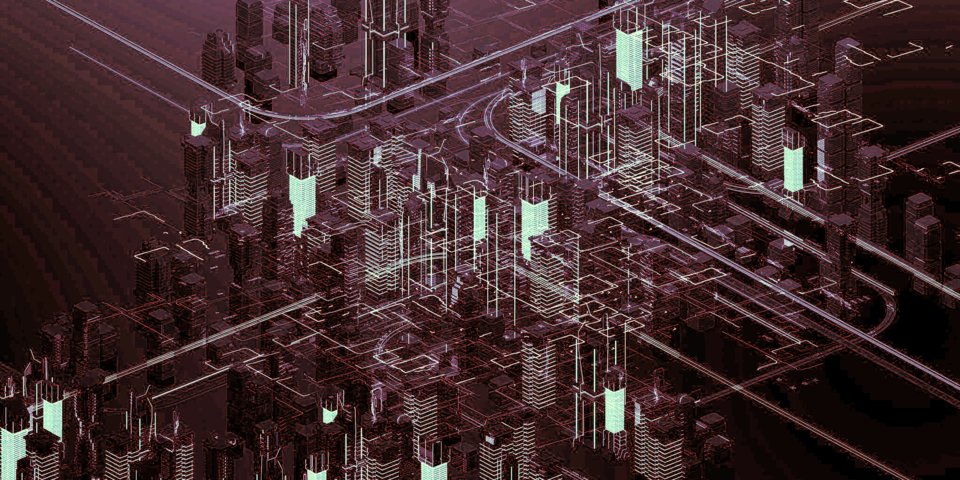
Many of today’s commercial buildings predate modern energy-saving tools and techniques. That means they waste a lot of energy — up to 30% of it, according to the US Environmental Protection Agency.
With climate change becoming more and more of a reality, and the cost of commercial electricity up 43% from 2000 to 2017, it’s time to think about how to make our buildings smarter. Thanks to the Internet of Things, we can.
One company is tackling commercial building efficiency on several levels, and it starts with understanding energy usage. The system uses sensors in office buildings and factories to monitor data including occupancy, temperature, lighting, and energy use. It allows executives to monitor how much energy they’re using, where, and how.
The system also measures less tangible aspects of buildings. It can gain deeper insights into building usage by using video to monitor things like foot traffic volume and usage based on the time of day. This video tracking not only makes buildings more secure by securing keyless access, but also makes them smarter by using big data and AI analytics to sense the hidden life of the workplace. They can then mold energy usage and improve occupants’ everyday experiences by altering workplace layouts and adjusting staff schedules.
This company has already worked with Western Australia’s Curtin University to saturate it with sensors and deliver insights that can make its campus smarter, safer, and more sustainable. These sensors tell staff how different facilities like lecture halls and libraries are being used so they can “right-size” room designs and class sizes, better using those spaces and energy resources more often. The data provided by the sensors can even extend sustainability outside the university by helping it cut demand for parking spaces and encourage carpooling. The idea is to allow students to opt into a program that will match them up with other students if the system sees them entering class together and knows they live close to each other.
Inside buildings, executives can integrate the system’s IoT sensors with building management systems to control energy-consuming systems like lighting, airflow, and HVAC. Making these IoT-based improvements together is more efficient. Companies can save 30% to 50% of their energy with integrated smart-building systems, compared to just 5% to 15% when upgrading individual systems, according to the American Council for an Energy Efficient Economy.
By connecting to cloud-based analytics systems, companies can build out these efficiencies across multiple facilities, saving costs at scale and contributing to more energy-efficient cities overall.
Boosting efficiency savings is one of the things 5G technology promises to do. And 5G is poised to support the tsunami of new devices that will populate tomorrow’s networks — whether that’s a smart building or an entire smart city.
Also, 5G is the foundational platform for “fog” computing that marries cloud infrastructure with high-powered computing at the network’s edge. This enables 5G-based IoT infrastructures to process data close to its source for fast decision-making, while sending back data to the cloud where necessary to manage multiple buildings as a single ecosystem.
This technology will make it easier to create smart, sustainable buildings by enabling consultants to deploy the right computing power and connectivity in the right place, both inside buildings and out. Edge-based computing devices could process data about water and energy usage in factory production lines and configure equipment to conserve it.
It’s about time we updated buildings to learn from what’s happening inside and around them. The Department of Energy says that commercial buildings account for 36% of all electricity usage in the US and cost more than $190 billion in energy each year. IoT requires a bit of energy to operate, but it can save much more than that while improving the quality of life for building occupants in the process.
Avots: businessinsider